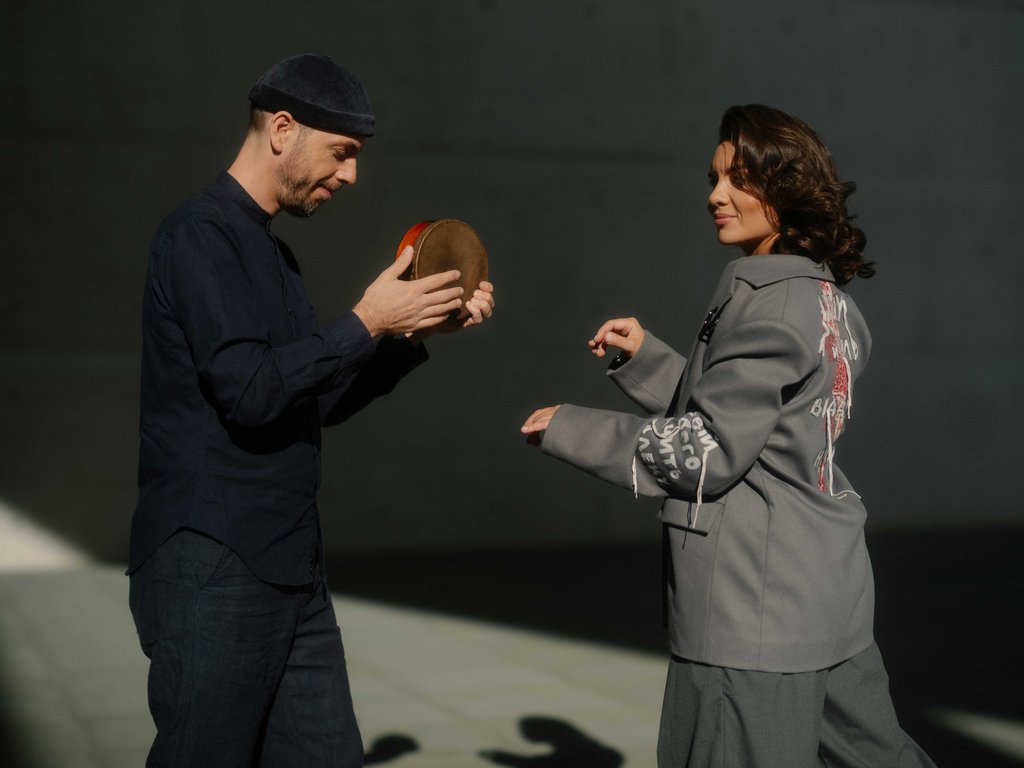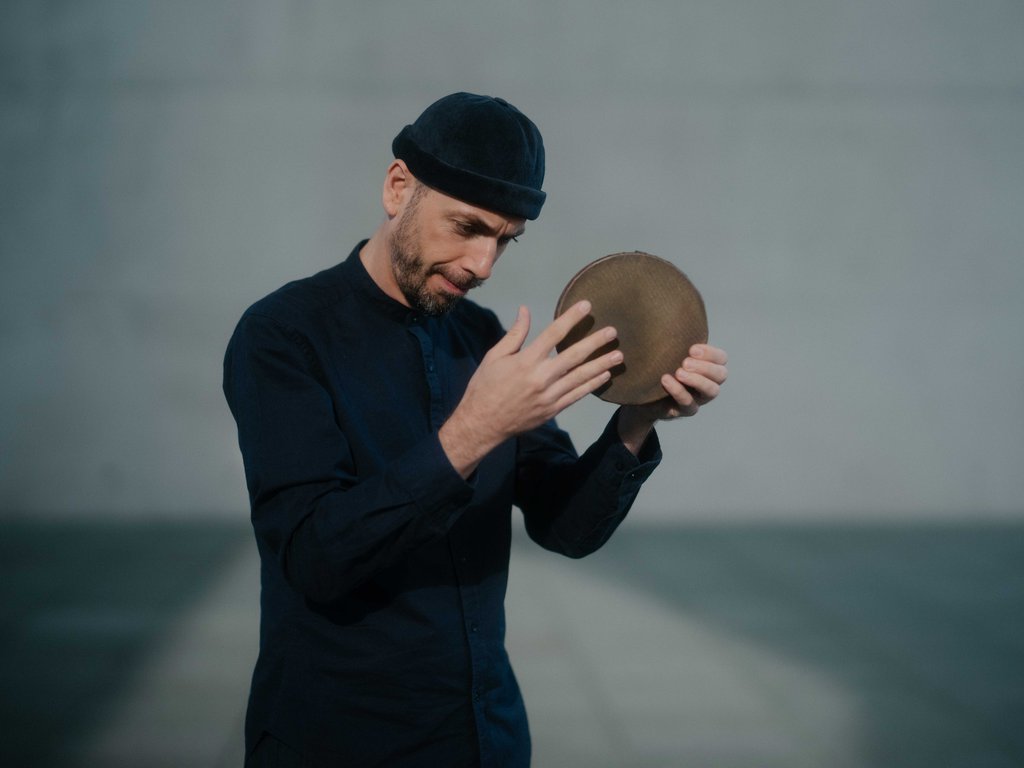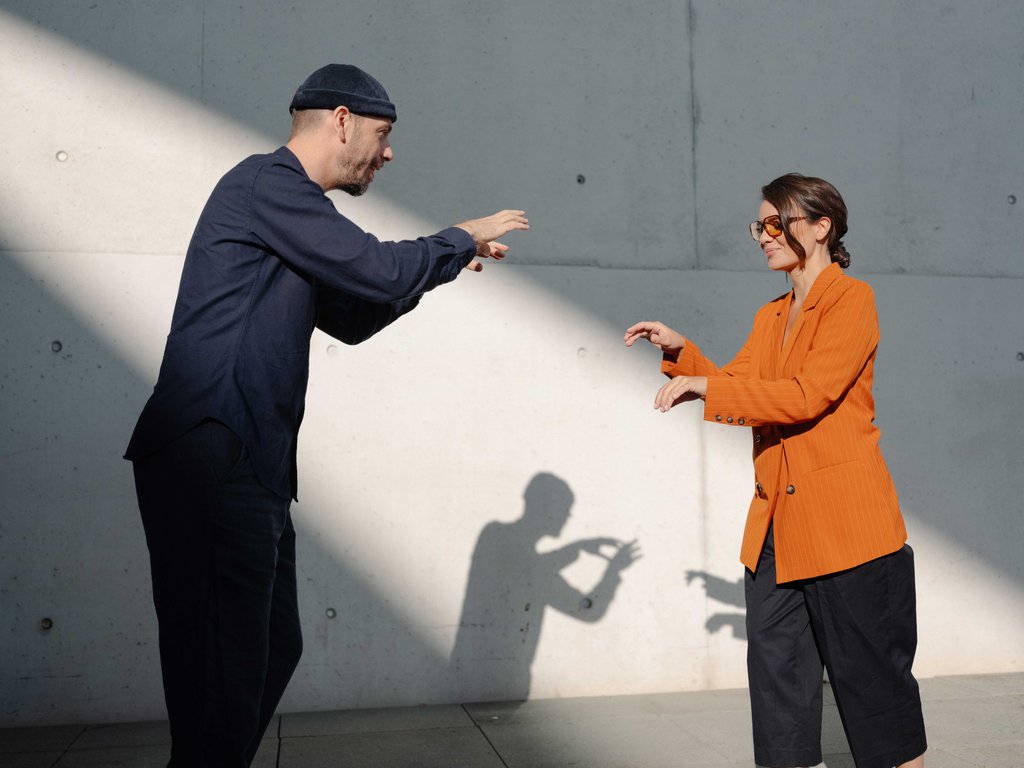Absolutely! At least when the drummer and Beethovenfest Fellow, Bernhard Schimpelsberger, is involved. On 19 September, he and pianist Kateryna Titova will be reinterpreting well-known piano works by Ravel and Mussorgsky with the addition of drums, gongs, tablas, and rhythms from Africa and India.
You're known for combining drums with tablas and Indian rhythms. How did you come up with this idea?
Bernhard Schimpelsberger: I was very fortunate to have travelled to India early in life. I have been researching and travelling for a good 20 years now. I have also studied African music intensively, especially North African cultures, including those in Morocco. I have also explored the traditions of Cuba and Brazil, which are influenced by the African diaspora. Now, at the Beethovenfest with Kateryna Titova, I have the opportunity to experience all these musical worlds anew through the lens of classical music.
In what ways does European classical music differ from African or Indian musical traditions?
The importance of rhythm is different. Throughout European music history, melody and harmony have been prioritised over rhythm. This is also related to the performance situation. In many traditional musical cultures, performances take place in very small spaces: on a carpet, in a kitchen or in a church, for example. In contrast, the musicians in a classical orchestra sit very far apart. This makes it difficult to perform rhythmically complex music over such a distance. I am currently working on several projects with orchestras. These projects are teaching me a great deal about rhythm in classical music. Language and singing play a significant part in this. Additionally, tension and transitions are created through tempo by speeding up or slowing down. I call this ›fluid time‹. However, it is difficult to combine with a groove that relies heavily on regular beats, as in some African or Indian music.






